Category: Photography
-
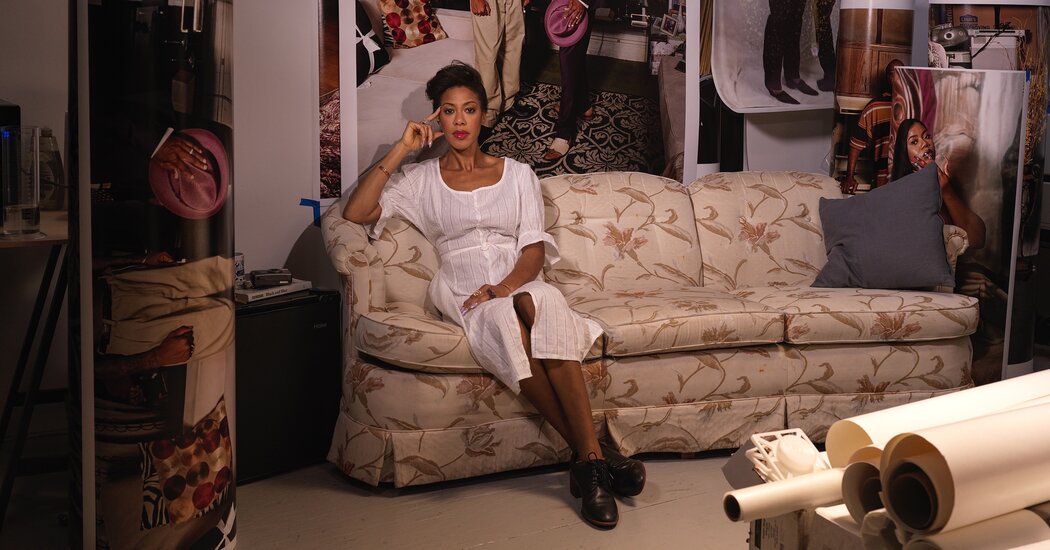
The Artist Upending Photography’s Brutal Racial Legacy
The Artist Upending Photography’s Brutal Racial Legacy Deana Lawson’s regal, loving, unburdened photographs imagine a world in which Black people are free from the distortions of history. Link: https://www.nytimes.com/2021/05/05/magazine/deana-lawson.html Deana Lawson’s regal, loving, unburdened photographs imagine a world in which Black people are free from the distortions of history.
-
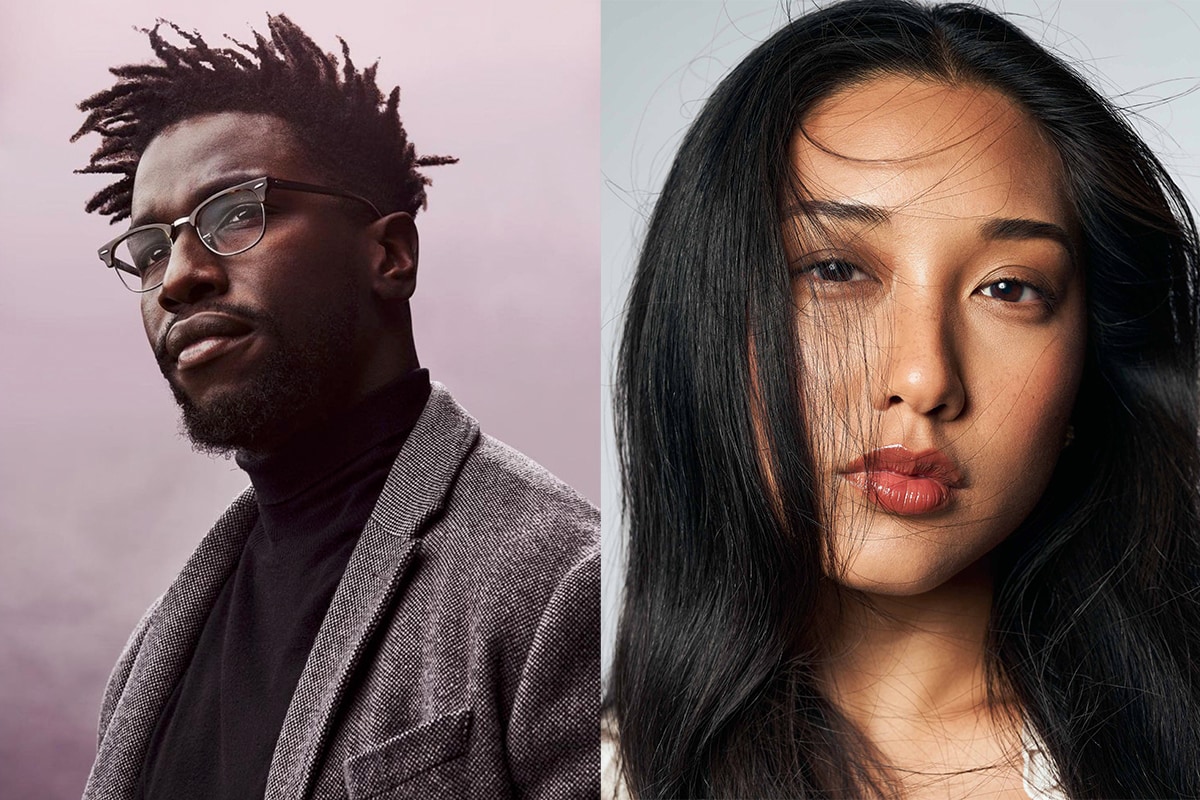
Paying it Forward: The BIPOC Mentorship Program Addressing Systematic Barriers Faced by Emerging Photographers – PhotoShelter Blog
Paying it Forward: The BIPOC Mentorship Program Addressing Systematic Barriers Faced by Emerging Photographers – PhotoShelter Blog A growing number of databases are championing the talents of Black, Indigenous and People of Color (BIPOC) photographers looking to get their foot in the door. Diversify Photo, Black Women Photographers, Indigenous Photograph, The Authority Collective and via…
-
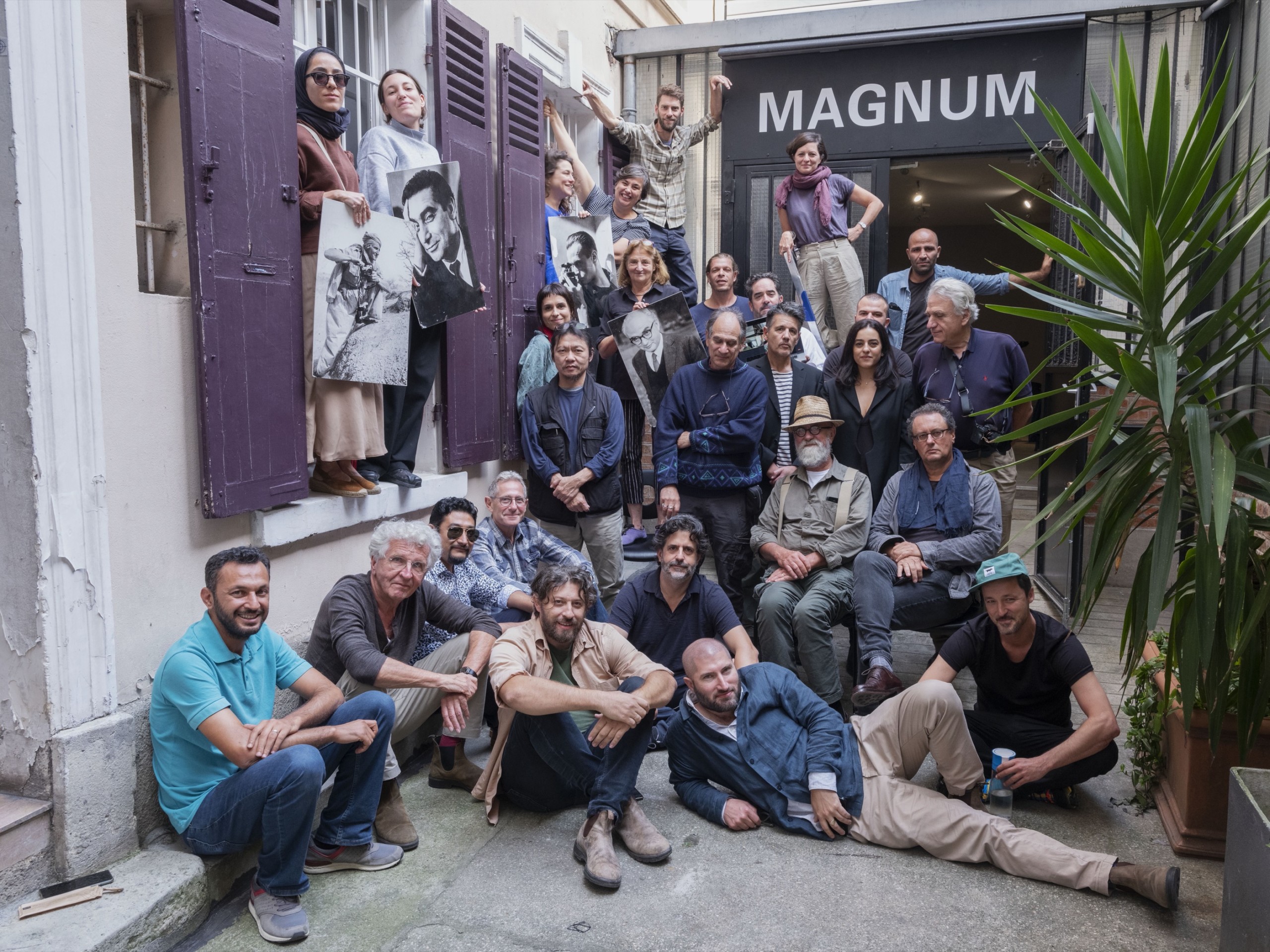
Magnum announces new Nominees, Associate and Member at its 74th AGM in Paris | Magnum Photos
Magnum announces new Nominees, Associate and Member at its 74th AGM in Paris | Magnum Photos Magnum Photos via Magnum Photos: https://www.magnumphotos.com/newsroom/2021-magnum-photos-annual-general-meeting-new-nominees/ “It feels amazing, humbling, exciting and huge to think that I have been nominated by Magnum photographers, who have been among my favorite photographers since I started taking pictures. It also feels right…
-
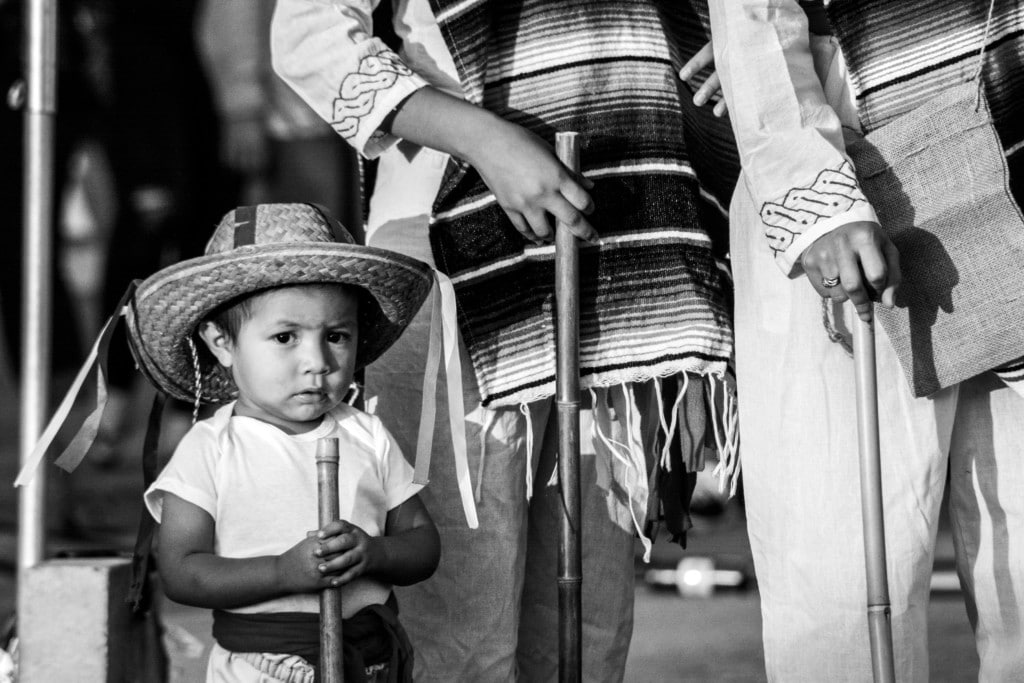
5 Benefits of Photography Mentorship – PhotoShelter Blog
5 Benefits of Photography Mentorship – PhotoShelter Blog Even though there are tons of us out there, being a photographer can, at times, be quite lonely. In an industry where so many of us are in direct competition, it’s hard to step back and remember that we’re all in this together. We’re all working to…
-
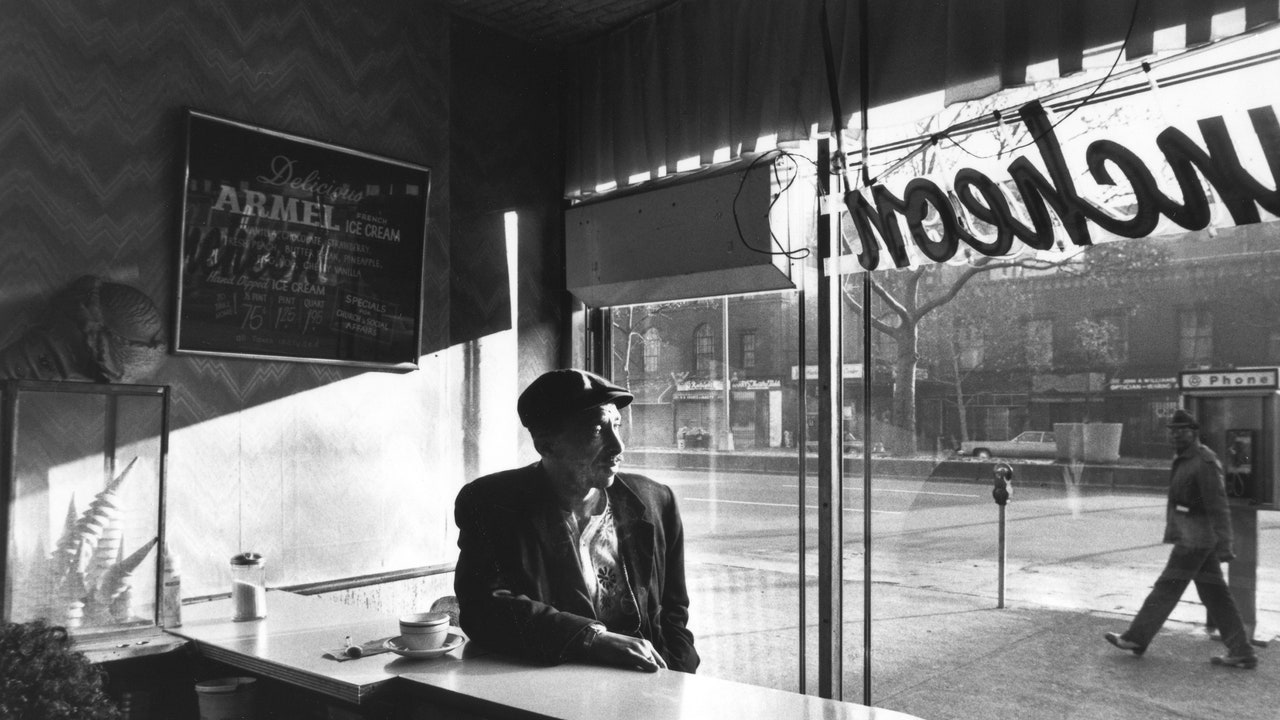
Chester Higgins’s Life in Pictures | The New Yorker
Chester Higgins’s Life in Pictures All along the way, his eye is trained on moments of calm, locating an inherent grace, style, and sublime beauty in the Black everyday. via The New Yorker: https://www.newyorker.com/culture/photo-booth/chester-higginss-life-in-pictures Hanging in the fourth-floor study of the renowned photojournalist Chester Higgins’s Fort Greene brownstone is a bunch of large dead leaves,…
-
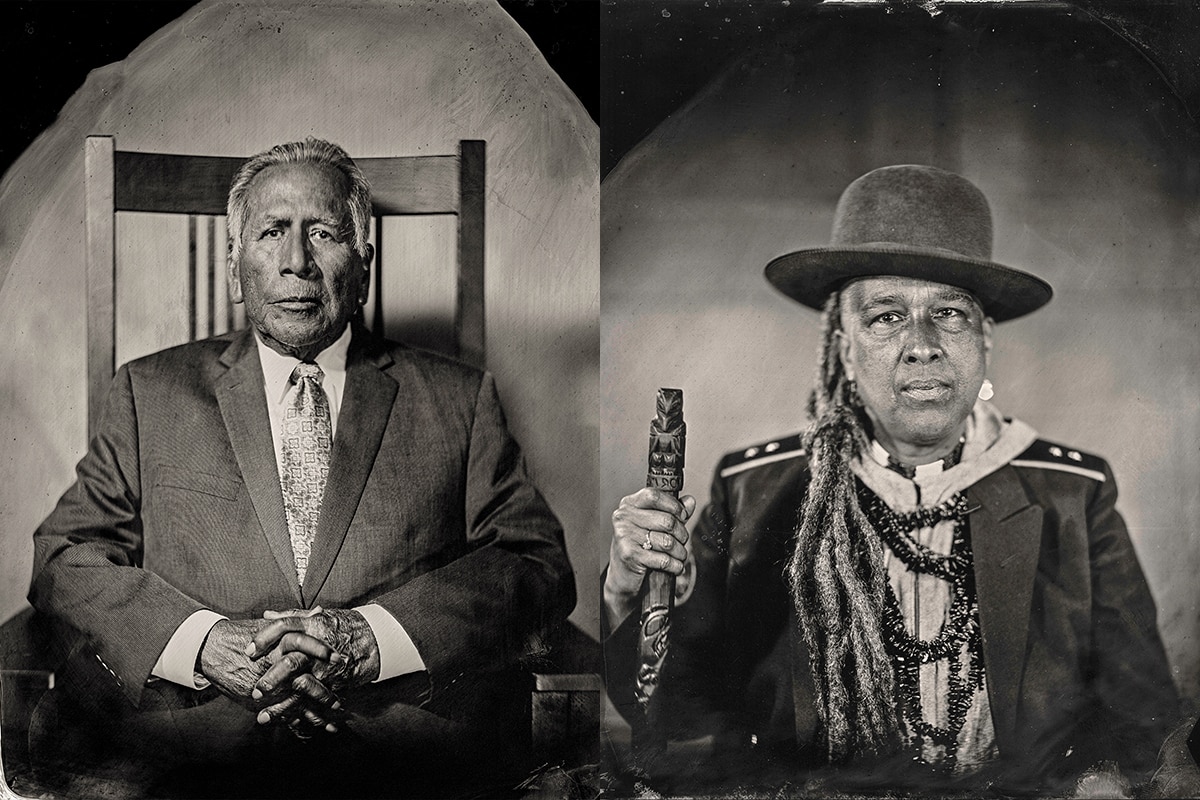
“What If Indians Invented Photography?” An Exploration of Identity and Photographic Practices by Indigenous Photographer Will Wilson – PhotoShelter Blog
“What If Indians Invented Photography?” An Exploration of Identity and Photographic Practices by Indigenous Photographer Will Wilson – PhotoShelter Blog Today, on The International Day of the World’s Indigenous Peoples, we’re sharing the work of the talented Indigenous photographers in the industry. Last week, in anticipation for this celebration, I reached out to Will Wilson,…
-
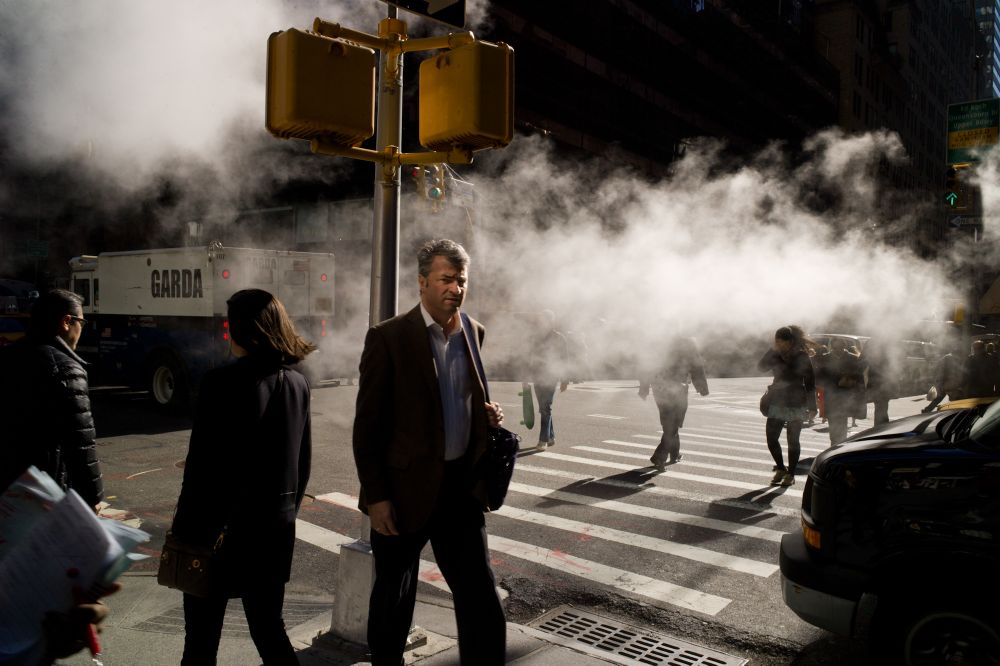
In Search of the Poets and New Masters of Street Photography – Interview by Alexander Strecker | Cover photo © Dimitri Mellos | LensCulture
In Search of the Poets and New Masters of Street Photography – Interview by Alexander Strecker | Cover photo © Dimitri Mellos | LensCulture Who are the next great street photographers? Where will we find them? Photo editor Olivier Laurent shares his insights via LensCulture: https://www.lensculture.com/articles/lensculture-editors-in-search-of-the-poets-and-new-masters-of-street-photography Who are the next great street photographers? Where will…
-
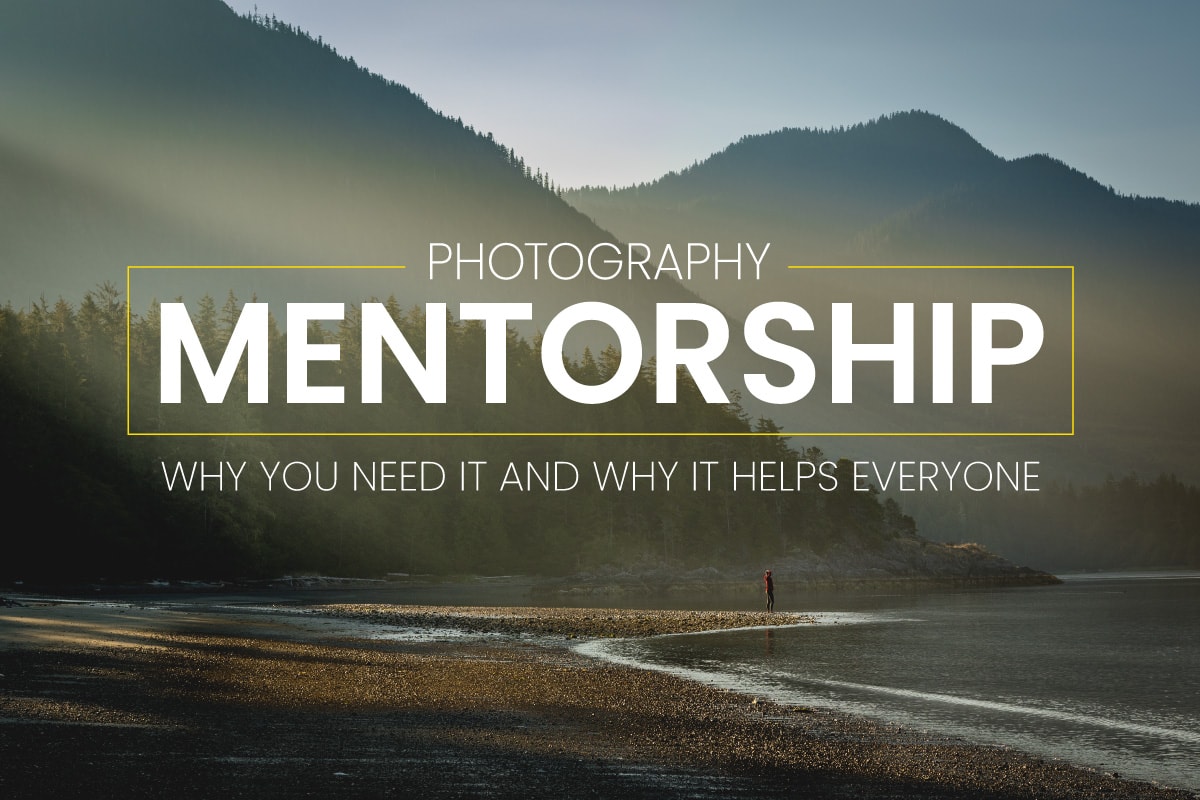
New Guide! Photography Mentorship: Why You Need it and Why it Helps Everyone – PhotoShelter Blog
New Guide! Photography Mentorship: Why You Need it and Why it Helps Everyone – PhotoShelter Blog No matter your specialty, photographers have many shared experiences. We all remember getting our first cameras and where we were for that memorable photo. We’ve worried about whether or not our work mattered. At one point or another, we…
-
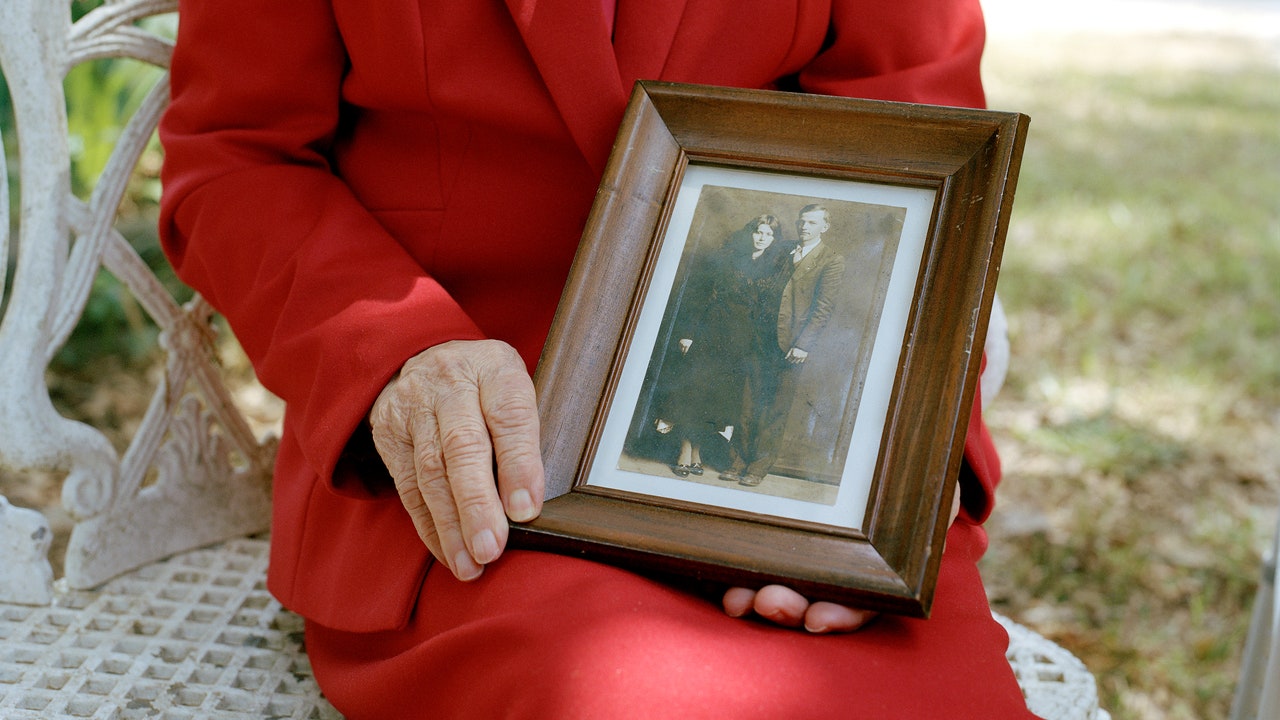
Who Owns Mike Disfarmer’s Photographs? | The New Yorker
Who Owns Mike Disfarmer’s Photographs? Strangers made his small-town portraits famous in the art world. Decades later, his heirs want control of the estate. via The New Yorker: https://www.newyorker.com/news/us-journal/who-owns-mike-disfarmers-photographs That changed in 2019, when, on a family trip to New York, Miller stopped by Howard Greenberg Gallery and learned that it had recently received a…
-
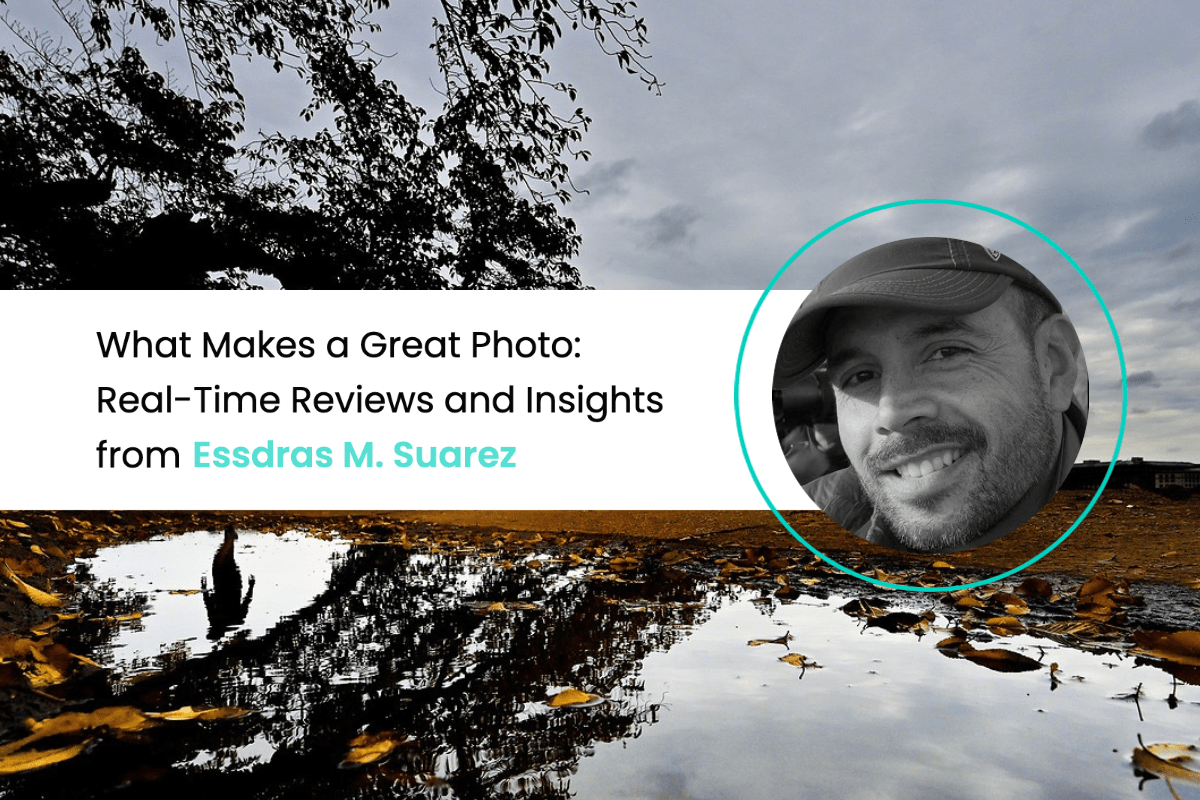
Free Portfolio Review Opportunity with a Two-Time Pulitzer Prize Winner – PhotoShelter Blog
Free Portfolio Review Opportunity with a Two-Time Pulitzer Prize Winner – PhotoShelter Blog Few things in photography are as impactful as a portfolio review. They provide assurance, offer tips for improvement and can put your work into perspective. We’re hosting a free portfolio review webinar with photojournalist Essdras M. Suarez on July 16th via PhotoShelter…
-
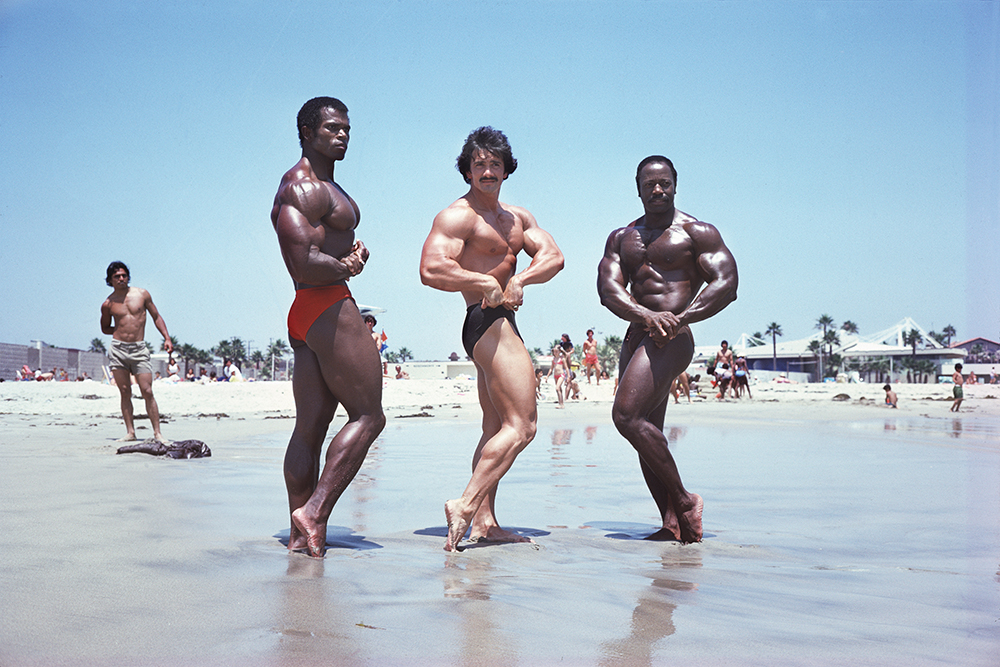
Focus on Vernacular: The Anonymous Project. – LENSCRATCH
Focus on Vernacular: The Anonymous Project – LENSCRATCH We recently talked with Lee Shulman, Film director, Founder and Curator of The Anonymous Project. He was kind enough to give Lenscratch an interview on the process of collecting photographs, building stories and entering so many people’s lives several dec via LENSCRATCH: http://lenscratch.com/2021/06/focus-on-vernacular-the-anonymous-project/?utm_source=feedburner&utm_medium=feed&utm_campaign=Feed%3A+lenscratch%2FZAbG+%28L++E++N++S++C++R++A++T++C++H%29 We recently talked with…
-
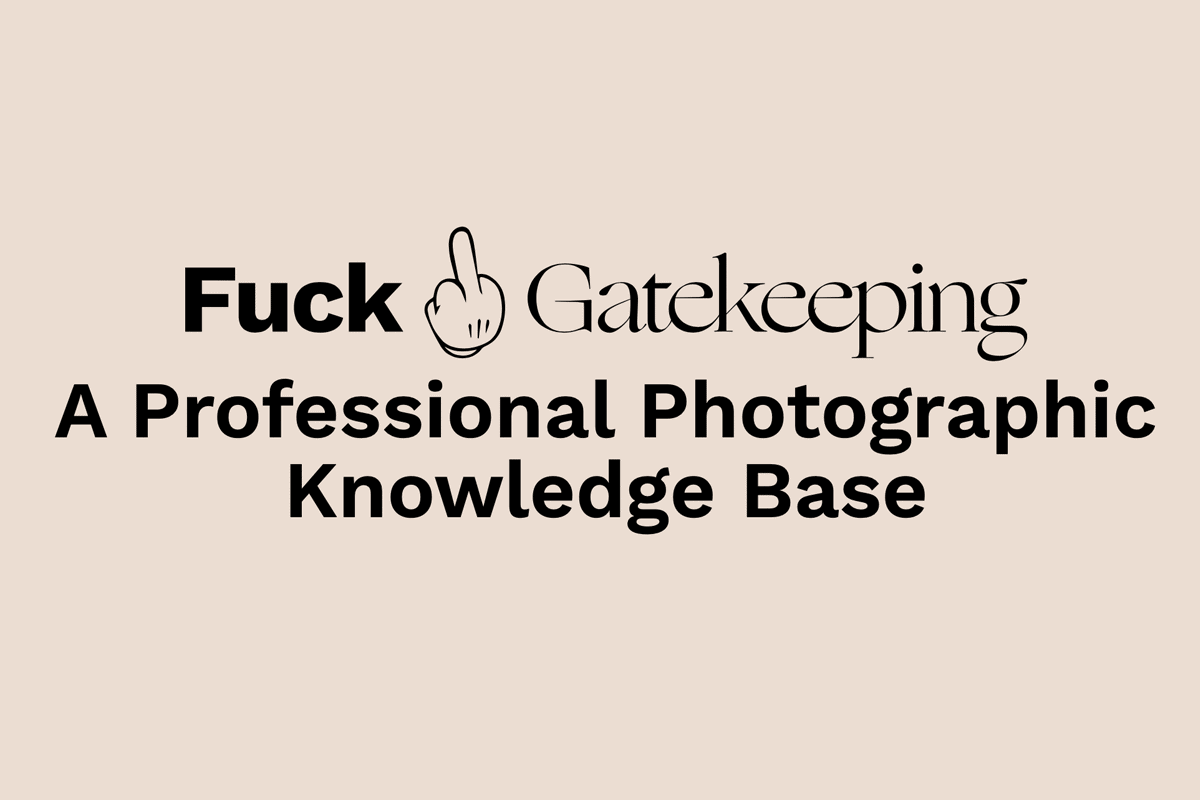
Talking Business with the “F*ck Gatekeeping” Crew – PhotoShelter Blog
Talking Business with the “F*ck Gatekeeping” Crew – PhotoShelter Blog In April 2021, photographers Carmen Chan, Emiliano Granado, and Jared Soares launched Fuck Gatekeeping, a “professional photographic knowledge base” composed of a website and Instagram account to share their business experience with other photographers. A via PhotoShelter Blog: https://blog.photoshelter.com/2021/06/talking-business-with-the-fuck-gtekeeping-crew/?utm_source=feedburner&utm_medium=feed&utm_campaign=Feed%3A+PhotoshelterBlog+%28PhotoShelter+Blog%29 In April 2021, photographers Carmen Chan,…
-
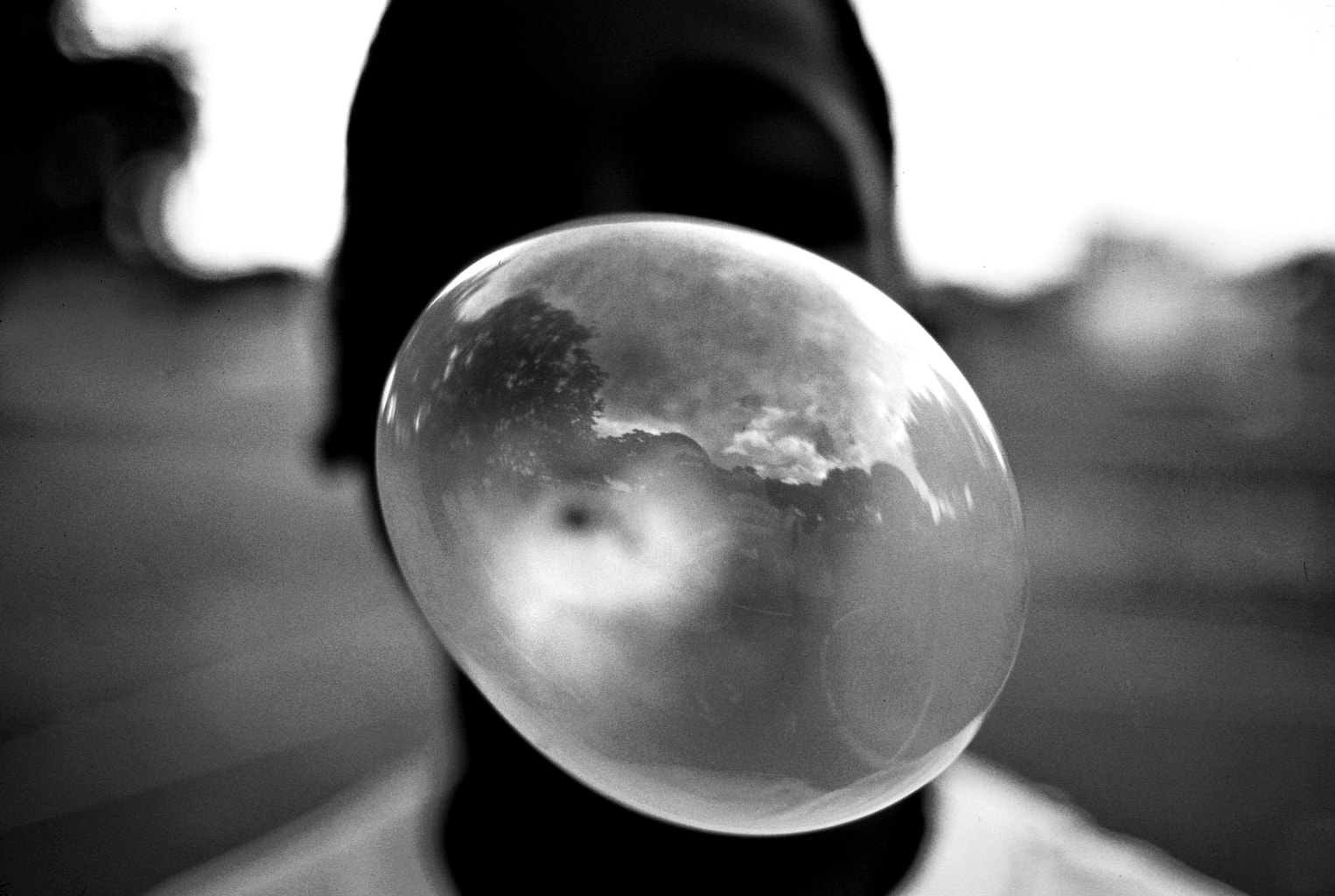
WATCH: Business Advice from Melissa Lyttle – PhotoShelter Blog
WATCH: Business Advice from Melissa Lyttle – PhotoShelter Blog If you’re a freelance photographer, running a successful small business is crucial. Just ask Melissa Lyttle, photojournalist and freelance photographer. As the former president of NPPA and a full-time freelancer since 2014, Melissa has made it her missio via PhotoShelter Blog: https://blog.photoshelter.com/2021/05/business-advice-from-melissa-lyttle-on-demand/?utm_source=feedburner&utm_medium=feed&utm_campaign=Feed%3A+PhotoshelterBlog+%28PhotoShelter+Blog%29 Hear about Melissa’s multiple…
-
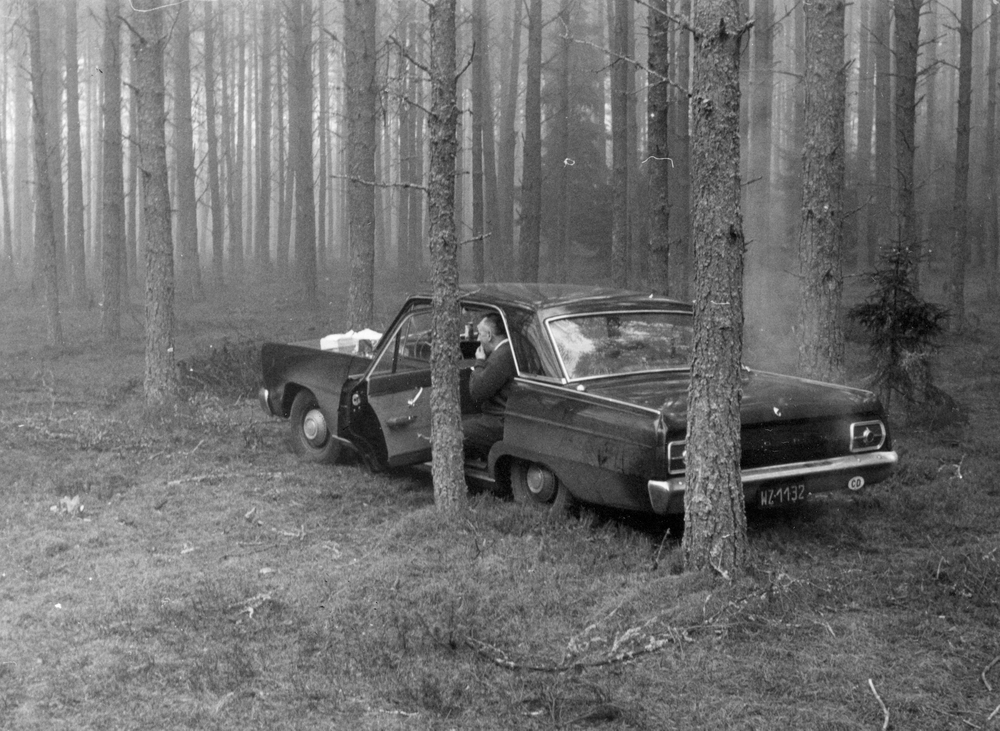
How to Look Natural In Photos – Photographs curated by Beata Bartecka & Łukasz Rusznica | Book review by Joanna L. Cresswell | | LensCulture
How to Look Natural In Photos – Photographs curated by Beata Bartecka & Łukasz Rusznica | Book review by Joanna L. Cresswell | | LensCulture There’s more than meets the eye in these photos of daily life in Poland, taken between 1944 and 1989 via LensCulture: https://www.lensculture.com/articles/lukasz-rusznica-how-to-look-natural-in-photos There’s more than meets the eye in these…
-
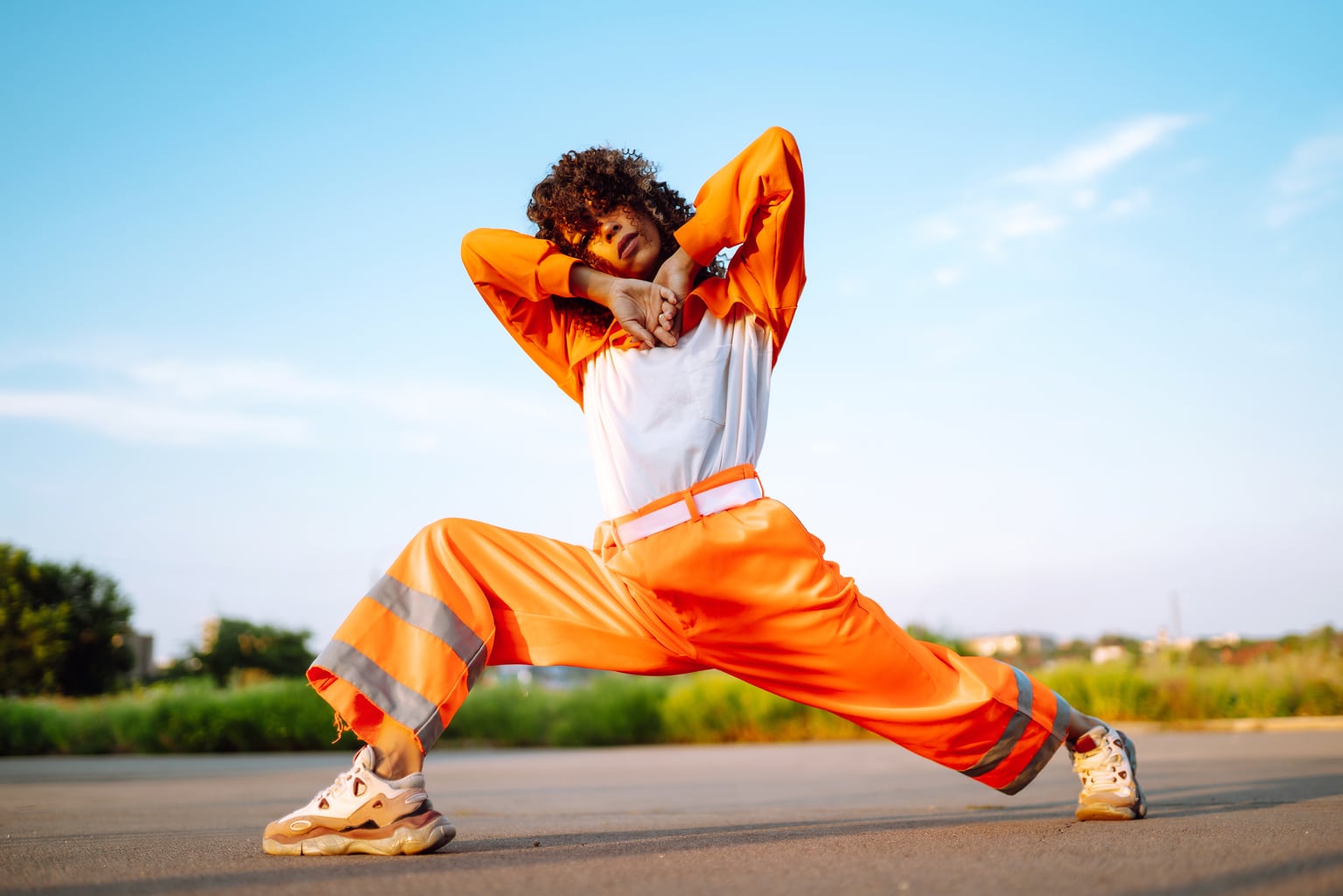
Photo Editors Weigh In: 7 Tips on How to Stand Out – PhotoShelter Blog
Photo Editors Weigh In: 7 Tips on How to Stand Out – PhotoShelter Blog We all know that as photographers, creating your best work is paramount. But learning how to curate and showcase it effectively is what will help you book exciting jobs, secure contracts and take your career to the next level. Recently we…
-
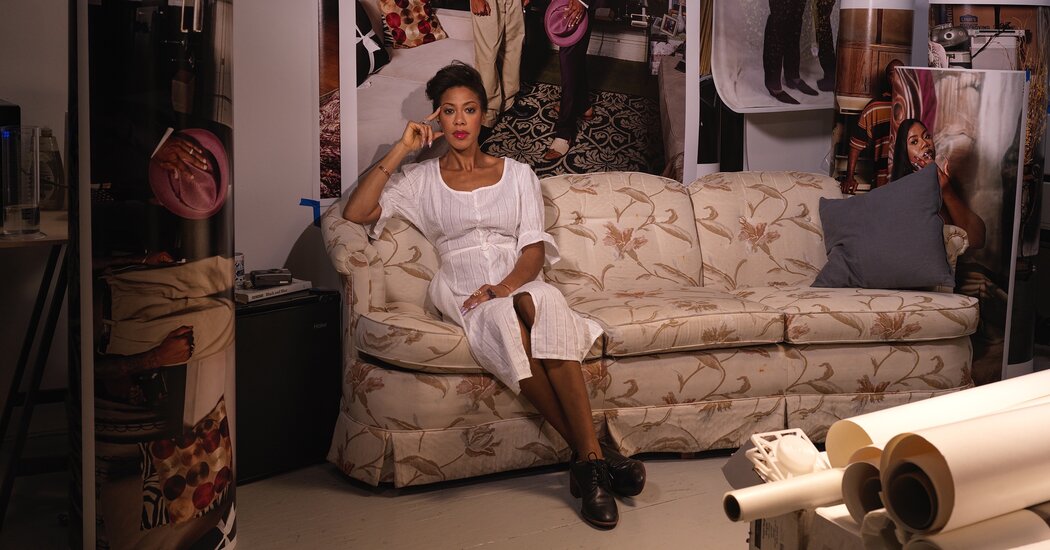
The Artist Upending Photography’s Brutal Racial Legacy – The New York Times
The Artist Upending Photography’s Brutal Racial Legacy Deana Lawson’s regal, loving, unburdened photographs imagine a world in which Black people are free from the distortions of history. Link: https://www.nytimes.com/2021/05/05/magazine/deana-lawson.html A few months ago, the photographer Deana Lawson and her family were driving to an art opening in the Inglewood neighborhood of Los Angeles when Lawson…
-
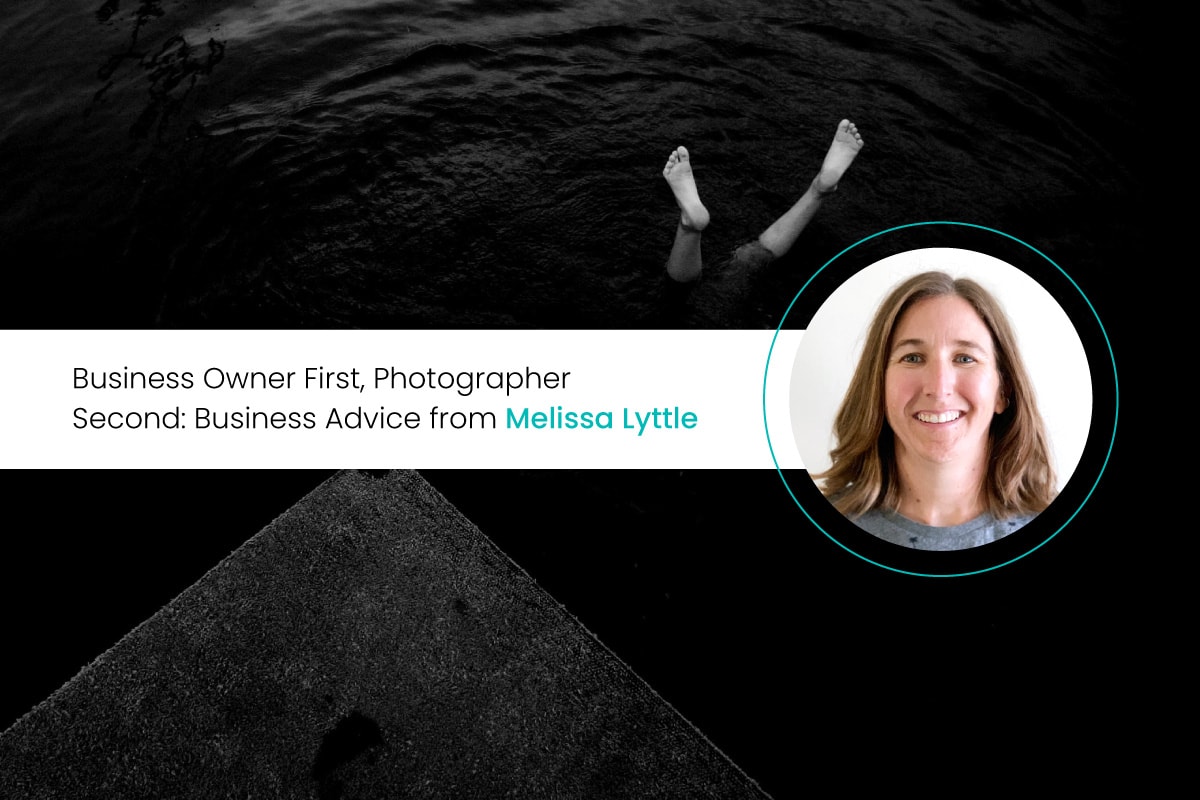
Free Webinar: The Do’s and Don’ts of a Successful Photography Business – PhotoShelter Blog
Free Webinar: The Do’s and Don’ts of a Successful Photography Business – PhotoShelter Blog This Friday, May 7th at 12pm ET, freelance photographer and photojournalist Melissa Lyttle is joining us for a free webinar all about how to run a successful photo business. With decades of freelance experience, Melissa is adamant about one thing: she’s…
-
The licensable web – Kaptur
The licensable web – Kaptur Some creators and artists of all kinds will continue to offer their content for free, as they have done for millenniums. But unlike the last 50 years, it will be a choice rather than an obligation. via Kaptur: https://kaptur.co/the-licensable-web/ The next web is where content, where ever it might originate,…
-
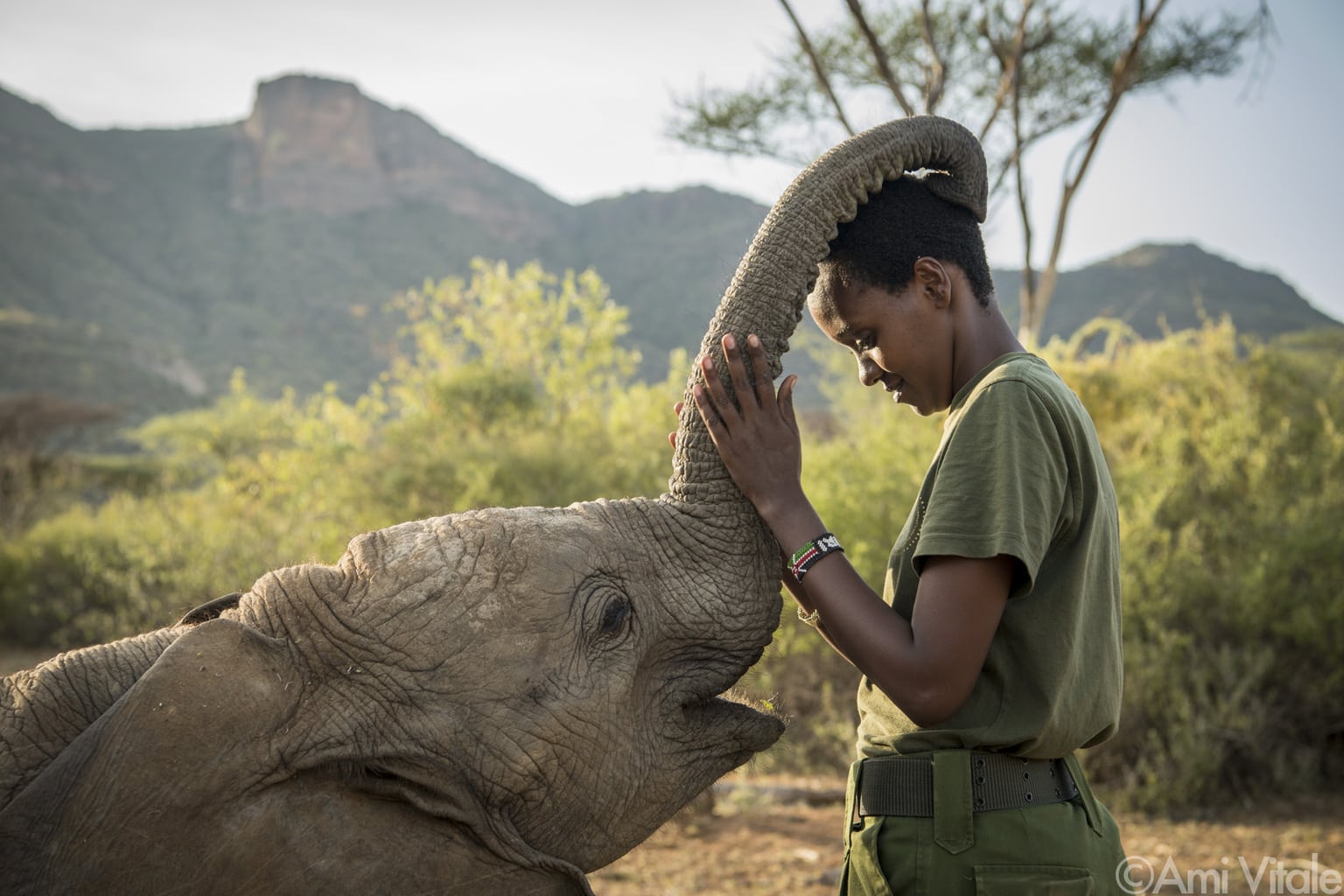
Webinar: Every Day is Earth Day for Ami Vitale – PhotoShelter Blog
Webinar: Every Day is Earth Day for Ami Vitale – PhotoShelter Blog On Friday, April 30th at 12pm ET, we’re teaming up with National Geographic photographer, filmmaker, writer and explorer Ami Vitale. Ami will take us on an odyssey, sharing powerful stories about pushing boundaries and how she’s used her photography to ma via PhotoShelter…
-
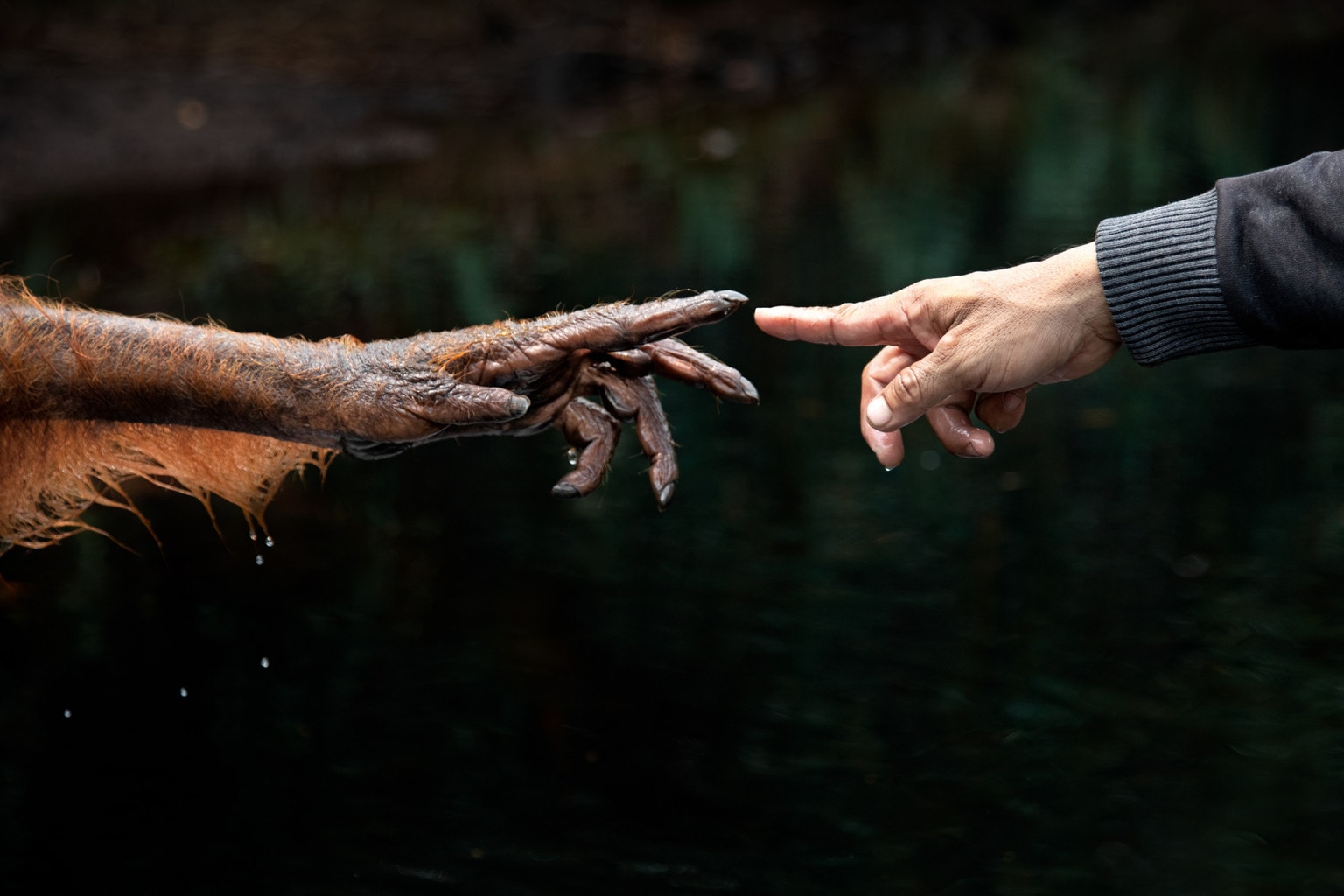
Photographers Share Their Stories for Earth Day 2021 – PhotoShelter Blog
Photographers Share Their Stories for Earth Day 2021 – PhotoShelter Blog Every year, Earth Day offers a time for photographers around the world to highlight the importance and beauty of nature and wildlife. Images have the power to show the impact we leave on our planet in an instant. To celebrate this year’s unique Earth…
